A Quick Look at Nikko

There is a Japanese saying, 日光を見ずして結構と言うなかれ or “Never say kekkō until you’ve seen Nikkō” (kekkō meaning beautiful, magnificent or “I am satisfied”) and there is no better way to sum up the of the beauty of the city of Nikko.
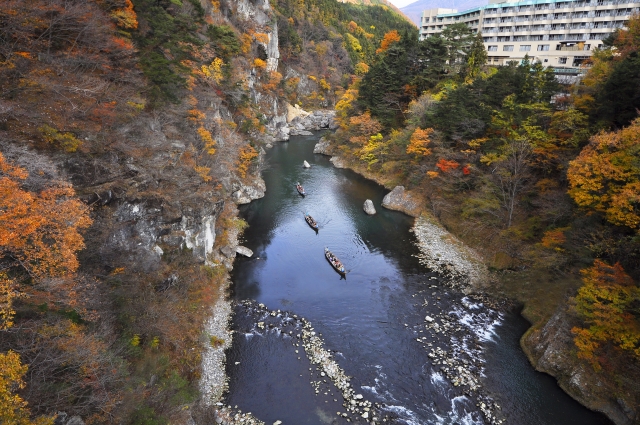
Where & What Is Nikko?
Nikko is a city located in the north-western part of Tochigi Prefecture, around 140 km north of Tokyo. Nikko is a famous tourist destination, attracting visitors from not only from other parts of Japan but also from overseas. The average annual temperature is about 12 degrees Celsius in the city, and about 7 degrees Celsius up in the mountains.
The colder climate helps to produce the beautiful landscapes in Nikko, as foliage suited for temperate and cold weather flourishes here. The mountains west of the main city are part of Nikko National Park and contain some of the country’s most spectacular waterfalls and scenic trails. Areas such as Kegon Waterfall and the marshlands around Oze Pond are must-see for any visitors.
Historically, Nikko is also known for being the resting place of shogun Tokugawa Ieyasu as as well as his grandson Iemitsu. Today Nikko is famous as a popular sightseeing point, but originally it was the center of religious devotion in the Kanto Region. Nikko was located on north of Edo. In Japan, north can be is considered a taboo (never sleep with your head pointed north, for instance). Ieyasu wanted to place himself in this very direction to protect Japan from the evil.
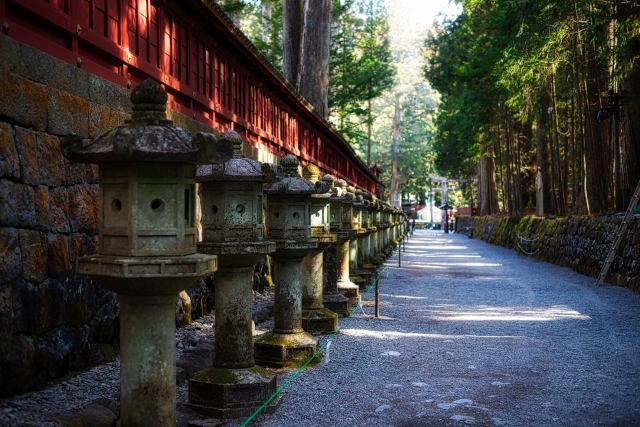
Where Treasures Abound
Tosho-gu it is considered one of the most beautiful and lavish shrines in Japan. It has been designated a UNESCO World Heritage Site. The structure is very famous for the ornate carving that splendidly decorates the entire buildings both inside and outside and from one end to the other.
In particular, the imposing Youmeimon tower gateway is famous for its lavish decorations that include over 300 dazzling carvings of mythical beasts such as dragons, giraffes, lions, and the Chinese sages. One interesting relief is the carving of elephants, because it was sculpted by as an artist who had never seen a real elephant.
The most well-known carvings are of the three monkeys hiding their ears, eyes, and mouth respectively. It represents the Buddhist doctrine of “see no evil, speak no evil, hear no evil” monkeys, which can be seen on the Sacred Stable.
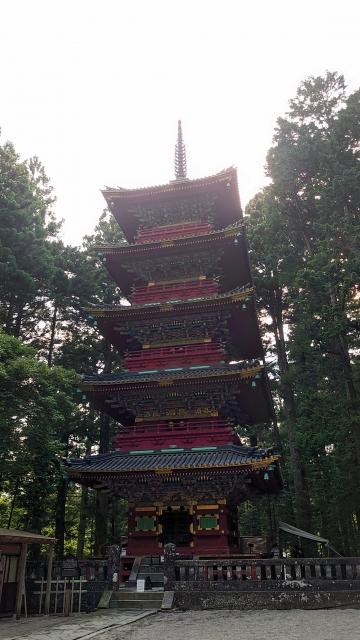
There is a great deal more to explore throughout Nikko, so be sure to give yourself plenty of time when you do go check it out. And before you do, please check out another of our past articles about it!
Image Credits:
Cover Image: 上州太郎さん on PhotoAC
1 – ソライロさん on PhotoAC
2 – しょーた1002さん on PhotoAC
3 – しろももさん on PhotoAC
All other content provided by the MUSUBI Staff
RELATED
-
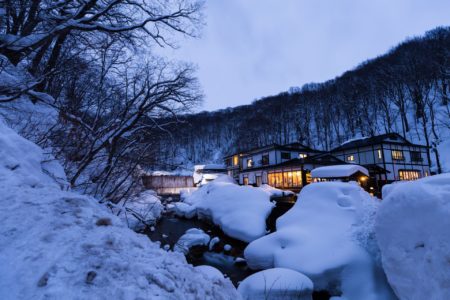
Get the Best Onsen Experience
Top Image by Michael Sum on Unsplash For anyone coming to Japan, chances are you’ve done a lot of resear… -
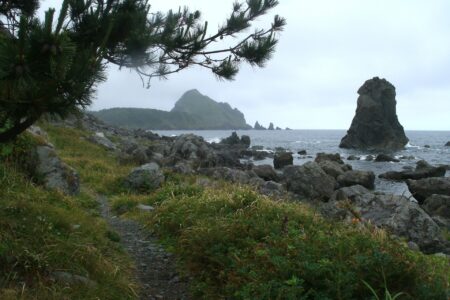
Sado Island: A Golden Voyage
Top photo: 砺山さん on PhotoAC Interested in seeing goldmines, spirited taiko drumming performances, and riding in… -
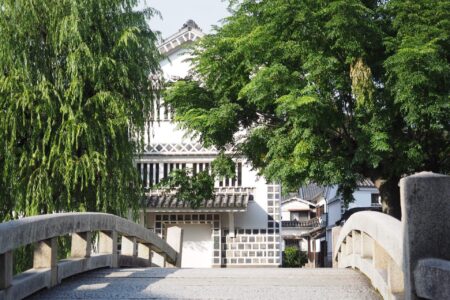
Top 5 Sights to See in Okayama
Top photo: Shino on Unsplash Are you looking for a city that offers all the modern comforts, but also rustic …
PEOPLE

The MUSUBI Staff
Collaborative works put together by our many talented writers and editors!


